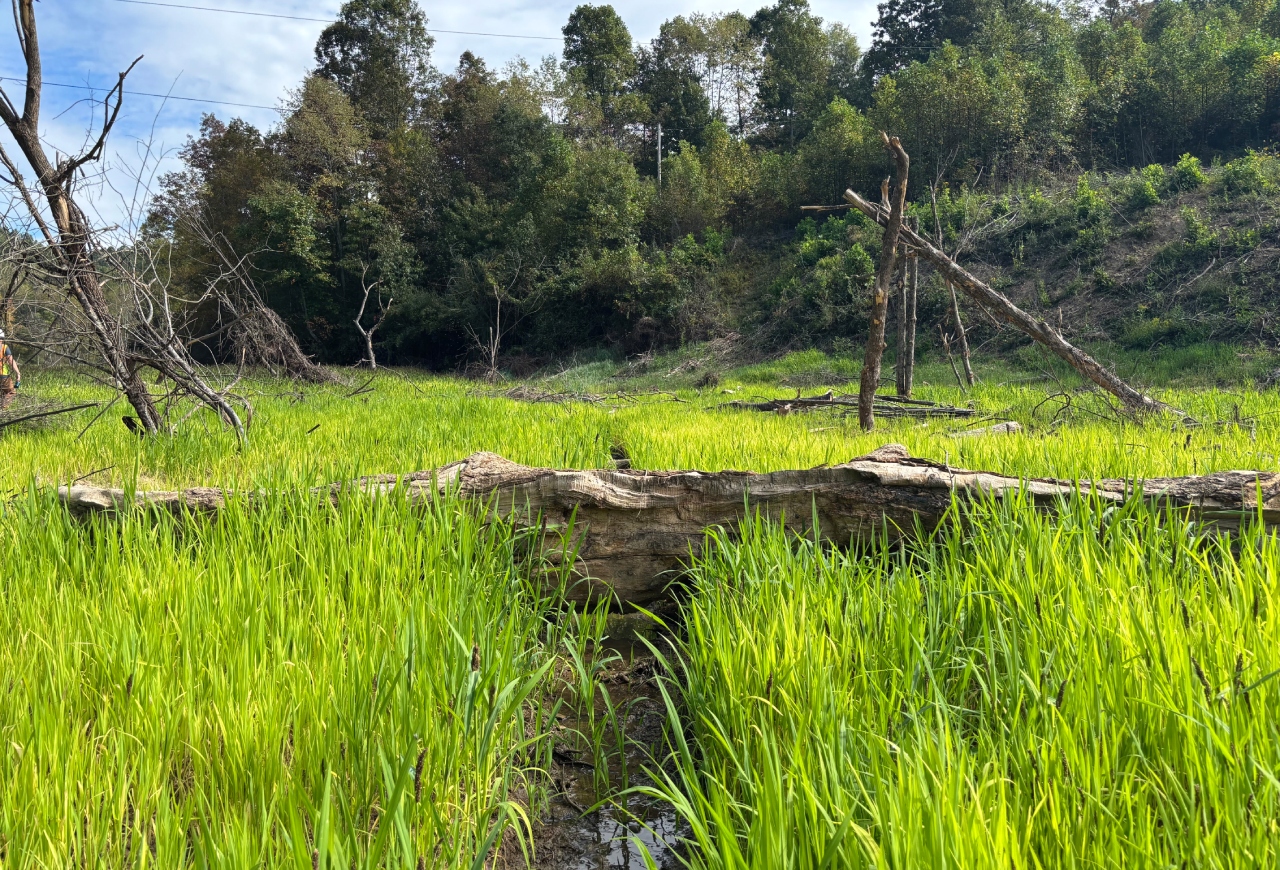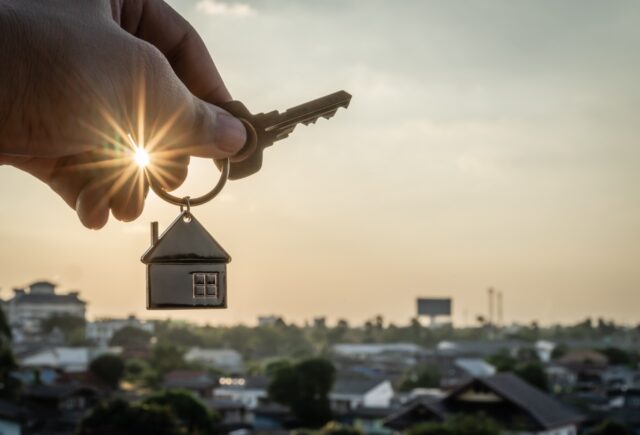Ecosystem Investment Partners, which invests in large-scale wetland, stream and habitat restoration projects across the US, has announced the final close of its fifth fund with commitments from both local and European investors.

Ecosystem Investment Partners (EIP), a Baltimore-based real asset, private equity firm, has announced the final close of Ecosystem Investment Partners V, its fifth fund with over $400m (€343m) of capital commitments from a diverse range US and European investors.
The fund raised $57m in a final fundraising round from both existing and new limited partners, receiving strong interest from European investors in particular. This included undisclosed commitments from Ingka Investments, the investment arm of Ingka Group, the largest franchisee of IKEA retail stores, three Danish pension fund managers – Sampension, Lærernes Pension and AP Pension, an unnamed family office in Germany and a Danish foundation, among others.
EIP makes targeted investments into large-scale ecological restoration and conservation projects across the US, which allows it to generate environmental offsets. These are known as mitigation banks, with the offsets sold to both private companies and public-sector agencies to mitigate unavoidable impacts to wetlands, streams, water quality, habitat, and other critical natural resources and biodiversity stemming from a range of economic development activities.
Speaking to Impact Investor about the interest from European investors, Nick Dilks, co-founder and managing partner for EIP, said many of its European LPs have been natural capital investors for a long time and saw the fund as a means to diversify their portfolio.

“They have experience diversifying their portfolios into timber, mitigation banking and other forms of land-based natural capital investment, so they see this as part of that differentiated non-correlated real-assets strategy,” he said, explaining that more recently, the growing emphasis in Europe around reporting adverse environmental impacts, including impacts on nature and biodiversity, has also driven demand.
“We generate returns for the fund from the environmental credits we sell, which are a quantification of the environmental benefit. I think this fits very well with the SFDR reporting requirements and other impacts that pension funds, for example, have to disclose to their beneficiaries,” added Dilks.
This latest closing brings total capital raised by EIP since its foundation in 2006 to nearly $1.5bn.
Existing investments
Fund V has already deployed more than $125m across nine projects in Florida, Kentucky, Wisconsin, South Carolina, Pennsylvania, California, and Louisiana. These investments include ‘greenfield’ mitigation banks that EIP has already or plans to develop.
“A greenfield mitigation bank denotes a property or a project which we build from the ground up. We go into a geography in the US where there is demand for environmental offsets, we buy the land, restore it, generate the credits and sell them,” explained Dilks.
EIP made its first investment in Pennsylvania through fund V, partnering on the project with CNX, a natural gas company.
“Their business was a user of mitigation but they were also interested in developing mitigation that they could sell,” said Nilks.
“We partnered with them to develop a large stream and wetland mitigation bank in Southwestern Pennsylvania, utilising existing CNX property that was previously part of a longwall mining operation,” he added, explaining that together the two companies have created a 160-acre conservation area for the purposes of stream and wetland rehabilitation.
“The project design involved a floodplain restoration approach in coordination with the regulatory authorities, which will achieve the highest standards of longevity and effectiveness,” he said.
The firm has also acquired existing portfolios of assets that will aim to restore and conserve over 8,000 acres of wetlands and wildlife habitat and 23 miles of streams.
“There are also instances where other mitigation bank developers want to sell their assets. Sometimes we are able to buy these mature bank assets at an attractive valuation and in advanced stages of the entitlement process, which enable us to bring near-term cash flows forward for our investors,” explained Dilks.
US mitigation banking market
EIP currently owns around 95 mitigation banks. “There are over 3000 in the US, so we are a small sliver of a tall number,” said Dilks, demonstrating the scale of the mitigation banking market in the US, a large proportion of which he said is subject to the federal Clean Water Act and the Endangered Species Act, as well as state-governed environmental laws.
“Any impact measurement of a wetland or stream has to include its biological, chemical and physical characteristics. The restoration work we do at our mitigation banks has to offset against these three indicators and demonstrate improvement. That’s what generates the credits,” he said, adding that measurements are verified and approved by both federal and state agencies, including the US Army Corps of Engineers and the Environmental Protection Agency.
“The investments and their impact are documented and highly regulated,” he added.
Dilks said demand for nature mitigation credits is fairly evenly split between public entities, such as the highway department, port authorities or reservoir developers, and private sector developers, working in the commercial, residential, industrial and renewable energy sectors, among others. He said that although developers can establish their own mitigation banks to offset their impact, the trend is moving towards the use of private entities with specialist expertise in large-scale ecological restoration projects.
“A mitigation bank represents a project that has already successfully done restoration. If you embark on your own project, you’re taking a risk on something that may or may not be successful in the future,” Dilks added.
EIP’s network of stakeholders include public and private customers, natural resource agencies, domain experts, conservation organisations, and local partners, which the firm says facilitates its access to high-quality investment opportunities.
EIP has invested in and developed projects across 19 states that have restored more than 53,000 acres of wetlands and 260 miles of streams, with 6.2 million trees planted to date, it says.






